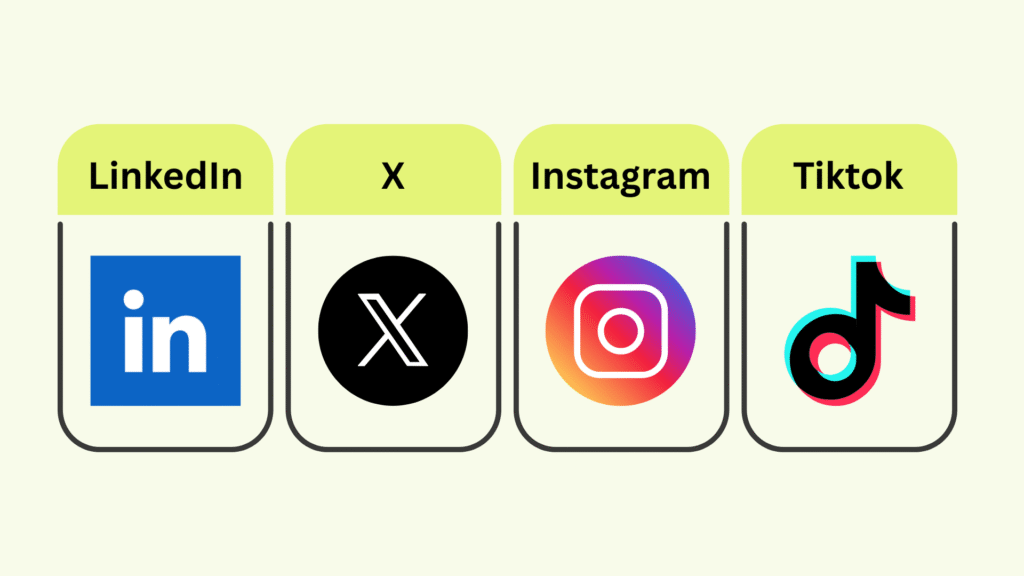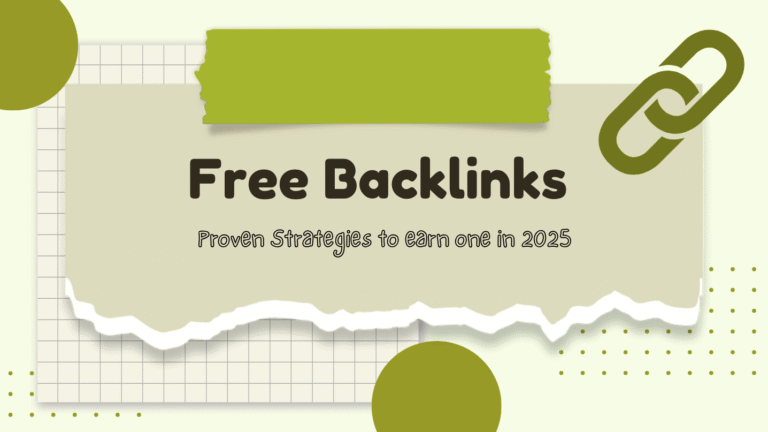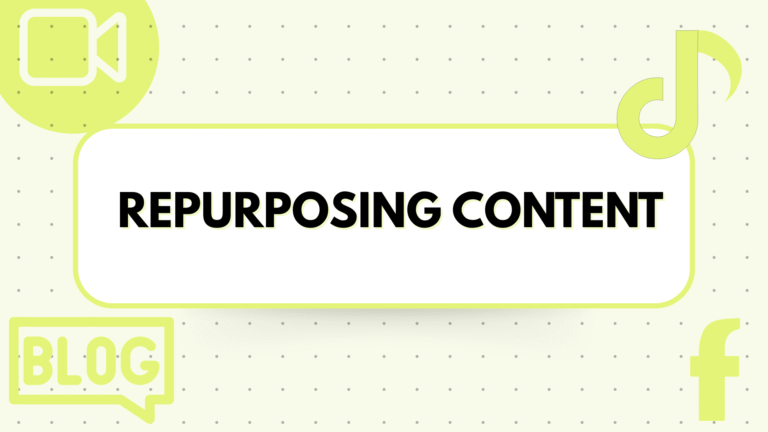In today’s competitive online world, businesses can no longer achieve a positive competitive advantage using traditional marketing approaches alone. To achieve product differentiation, businesses have to focus on Digital PR as well.
Digital PR combines public relations and modern SEO tactics to enhance visibility, build authority and reputation, and generate real traffic for bottom-line gain.
Digital PR does many things, not like traditional (or offline) PR that takes time to build coverage and is a complicated ecosystem using owned company collateral, influencers, and developing high-quality backlinks; all while being focused on digital platforms.
What Is Digital PR?
Digital PR is a new wave of public relations. Its purpose is to build online visibility and a brand’s authority through different digital channels.
Digital PR is not traditional PR, which uses print or television to tell a story; rather, Digital PR uses online media, blogs, influencers, and social media channels to tell a story to the right audience while improving Search Engine Optimization (SEO).
The global PR market is worth over 97 billion USD at the moment, so naturally, this has become an important strategy for organizations.
Digital PR uses the basis of storytelling in its approach, through link-building and content marketing, to help organizations develop credibility, traffic volume, and competitive advantage.
What are the benefits of digital PR?
Digital PR has many advantages for organizations desiring to expand their online presence and authority. The key benefit is obtaining visibility in search engines from backlinks to websites that improve SEO metrics through backlinks. Digital PR boosts brand credibility using targeted and trustworthy outlets, online publications, blogs, and/or influencer websites.
Another benefit is driving targeted traffic to websites, increasing social engagement & providing opportunities for brands to reach new audiences.
By combining PR and content marketing with SEO, Digital PR can provide long-term value and go further than just a campaign. Digital PR will allow organizations to build brand awareness, credibility, and a sustainable competitive edge.
How to repurpose your content for PR?
Repurposing content for PR is a great way to add new life to the existing marketing asset and to get more value for it, as well as engage new audiences. Rather than a business constantly creating original content, there are ways to repurpose information that lives on blogs, case studies, research reports, and videos into a format that PR can use to engage reporters and editors.
A blog post that includes research can become a press pitch, an infographic, or a guest article in an online magazine. You can also use successful customer stories to create strong case studies, use survey data to develop a press release with newsworthy content, or turn something lengthy, such as a guide, into digital nuggets for your social media strategy.
This approach not only saves time but also helps keep brand messaging consistent across channels. By strategically repackaging content, brands can develop higher-quality backlinks, earn extra exposure, and develop a more robust Digital PR strategy.
How to use social media for PR?
Social media has proven to be the right channel for Digital PR, enabling brands to communicate instantly, engage with audiences, and create more authentic and trusting relationships with journalists and influencers.
The difference between Digital PR and traditional PR is the two-way relationship fostered by social media; digital practitioners can create a two-way conversation or relationship with awareness opportunities; traditional PR speaks to stakeholder audiences without the same level of engagement with building trust and retaining loyalty over time.
LinkedIn, X (Twitter), Instagram, and TikTok have started to help businesses build profiles, promote news, create visibility of their achievements, and reach audiences that likely will not engage with traditional media.

Source: Create&Grow
If you want to promote your brand and make the most of PR using social media, what you need to have allows businesses to share up-to-date and relevant information.
If you are going to launch a new product, are entering into a strategic partnership, or collaborating with another brand, creating brand advocacy with a thought leadership piece that positions the business as an authority in the industry.
These opportunities will help you engage with topical news stories, identify on-trend discussions, utilize opportunities with major awards sections, and then amplify the story using strategic #hashtags.
On the flip side, there are opportunities to connect with influencers, academics, podcasts, journalists, and other industry leaders/stakeholders whose opinions can add credibility to and amplify your message, and allow you to be part of someone else’s audience.
Also, as you are making noise through direct engagement, encourage others to connect with you; then monitor engagement, use a floating word search to track the sponsors that hold maximum audience sentiment; it may be a little bit hazy, but you have a good basis for quality assessment.
Expert tip
It helps companies share their media coverage, join relevant conversations, and build a more human, relatable brand voice.

CEO and Founder – PRLab
Top tips for using social media for PR
Social media is one of the greatest tools you can use to enhance your Digital PR strategy. Social media platforms such as LinkedIn, X (Twitter), Instagram, and TikTok allow brands to tell their story on demand, engage audiences, and nurture relationships with journalists and influencers.
The best way to achieve results and maximise potential is to regularly post, tell an authentic story, and engage authentically with audiences, not just share broadcast-style content updates.
Brands can also use video, images, and trending hashtags to grow audience visibility, collaborate with influencers and industry authorities to build social’s credibility, and monitor analytics to strengthen engagement and get the most out of social media as an extension of PR and authority online.
Social media tips for PR:
- Regularly posting on social media, together with being consistent, helps your brand’s visibility.
- Share authentic stories that relate to your audiences.
- Use enticing images and short videos to help share your brand message and grow your reach.
- Use trending hashtags, but don’t overuse them.
- Collaborate with influencers and industry authorities.
- Monitor analytics to refine results to enhance your campaigns.
Conclusion
Digital PR is no longer a tactic; it’s a fundamental strategy for any business seeking to gain the edge in a digital-first world. By combining traditional PR techniques with digital nuances through SEO, content marketing, and social media outreach, organizations can develop an authoritative brand, develop quality backlinks, and attract credible audiences.
There are many ways to create Digital PR opportunities, from recycling existing content into PR assets to using social media mechanics. With the right amount of thought into the strategy, Digital PR not only increases visibility and credibility, but it can also provide measurable growth for a business.
So in short, Digital PR is simply investing in your brand opportunity and reputation long-term, trust, and a differentiated advantage over your competitors online.
Frequently Asked Questions





